Expansion of the Pharmaceutical Sector
The Molded Plastic Packaging Market is benefiting from the expansion of the pharmaceutical sector, which demands specialized packaging solutions. As the pharmaceutical industry grows, there is an increasing need for packaging that ensures product integrity and compliance with regulatory standards. Molded plastic packaging offers advantages such as tamper-evidence, child resistance, and moisture protection, making it suitable for various pharmaceutical products. Recent trends indicate that the pharmaceutical packaging market is projected to grow significantly, driven by the rising demand for prescription medications and over-the-counter products. This expansion presents opportunities for the Molded Plastic Packaging Market to innovate and develop tailored solutions that meet the specific requirements of pharmaceutical applications.
Growth in E-Commerce and Retail Sectors
The Molded Plastic Packaging Market is significantly influenced by the rapid growth of e-commerce and retail sectors. With the increasing trend of online shopping, there is a heightened need for efficient and protective packaging solutions. Molded plastic packaging offers durability and lightweight characteristics, making it an ideal choice for shipping products safely. Recent statistics indicate that e-commerce sales have surged, with projections suggesting a continued upward trajectory. This growth necessitates innovative packaging solutions that can withstand the rigors of transportation while ensuring product safety. Consequently, manufacturers in the Molded Plastic Packaging Market are focusing on developing packaging that meets the specific needs of e-commerce businesses, thereby driving market expansion.
Rising Demand for Eco-Friendly Solutions
The Molded Plastic Packaging Market is experiencing a notable shift towards eco-friendly solutions. As consumers become increasingly aware of environmental issues, there is a growing demand for sustainable packaging options. This trend is reflected in the rising adoption of biodegradable and recyclable materials in molded plastic packaging. According to recent data, the market for sustainable packaging is projected to grow at a compound annual growth rate of over 7% in the coming years. Companies are investing in research and development to create innovative materials that reduce environmental impact while maintaining product integrity. This shift not only aligns with consumer preferences but also helps companies comply with stringent regulations regarding plastic waste. As a result, the Molded Plastic Packaging Market is likely to see a surge in demand for eco-friendly packaging solutions.
Increased Focus on Food Safety and Hygiene
The Molded Plastic Packaging Market is witnessing an increased emphasis on food safety and hygiene, particularly in the food and beverage sector. As consumers become more health-conscious, the demand for packaging that ensures product safety and extends shelf life is rising. Molded plastic packaging provides excellent barrier properties, protecting products from contamination and spoilage. Regulatory bodies are also imposing stricter guidelines regarding food packaging, further driving the need for high-quality molded plastic solutions. Recent data suggests that the food packaging segment is expected to account for a substantial share of the molded plastic packaging market, indicating a robust growth trajectory. This focus on safety and hygiene is likely to shape the future of the Molded Plastic Packaging Market.
Technological Innovations in Manufacturing Processes
Technological advancements are playing a pivotal role in shaping the Molded Plastic Packaging Market. Innovations in manufacturing processes, such as injection molding and blow molding, are enhancing production efficiency and reducing costs. These technologies allow for the creation of complex designs and customized packaging solutions that cater to diverse consumer needs. Furthermore, automation and smart manufacturing techniques are being integrated into production lines, leading to improved quality control and reduced waste. As manufacturers adopt these technologies, they are better positioned to respond to market demands swiftly. The ongoing evolution in manufacturing processes is likely to propel the Molded Plastic Packaging Market forward, fostering competitiveness and sustainability.


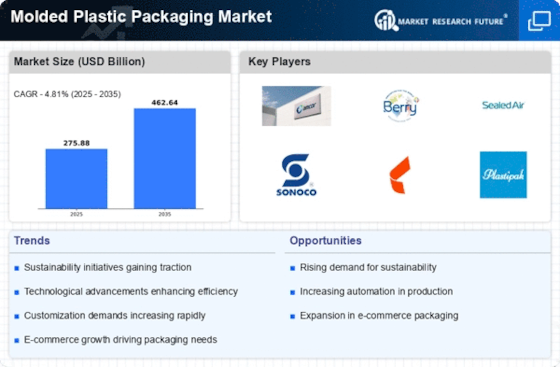
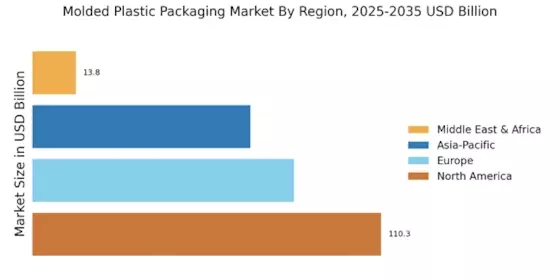

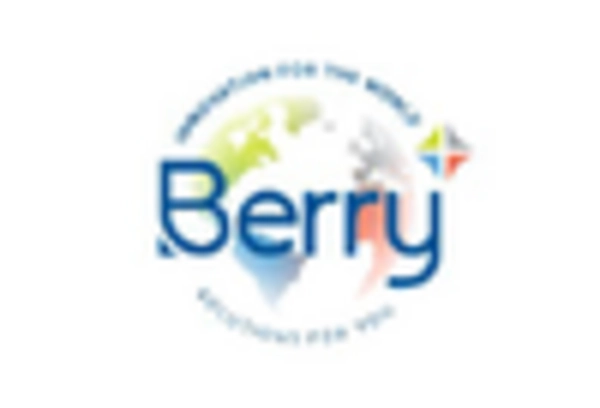

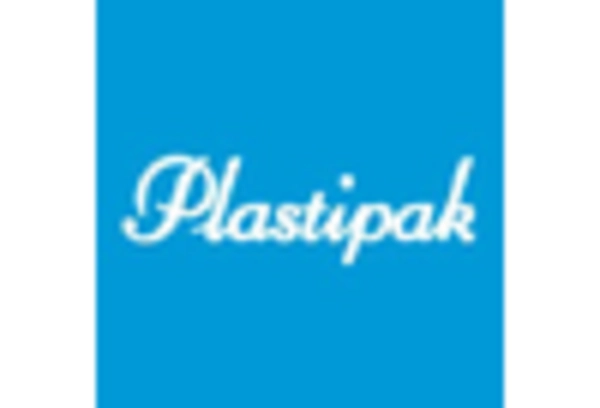
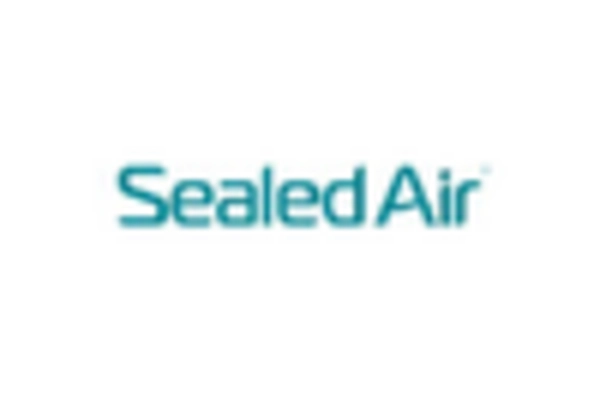
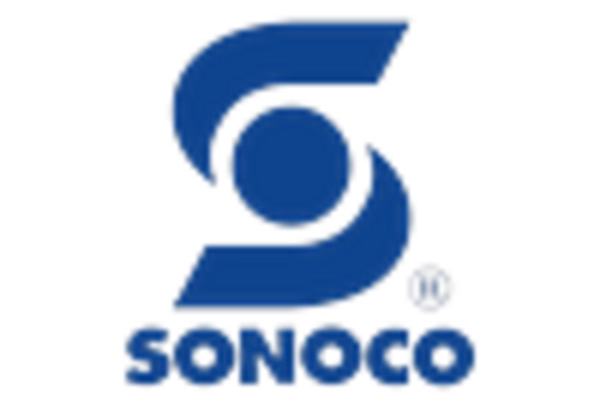








Leave a Comment